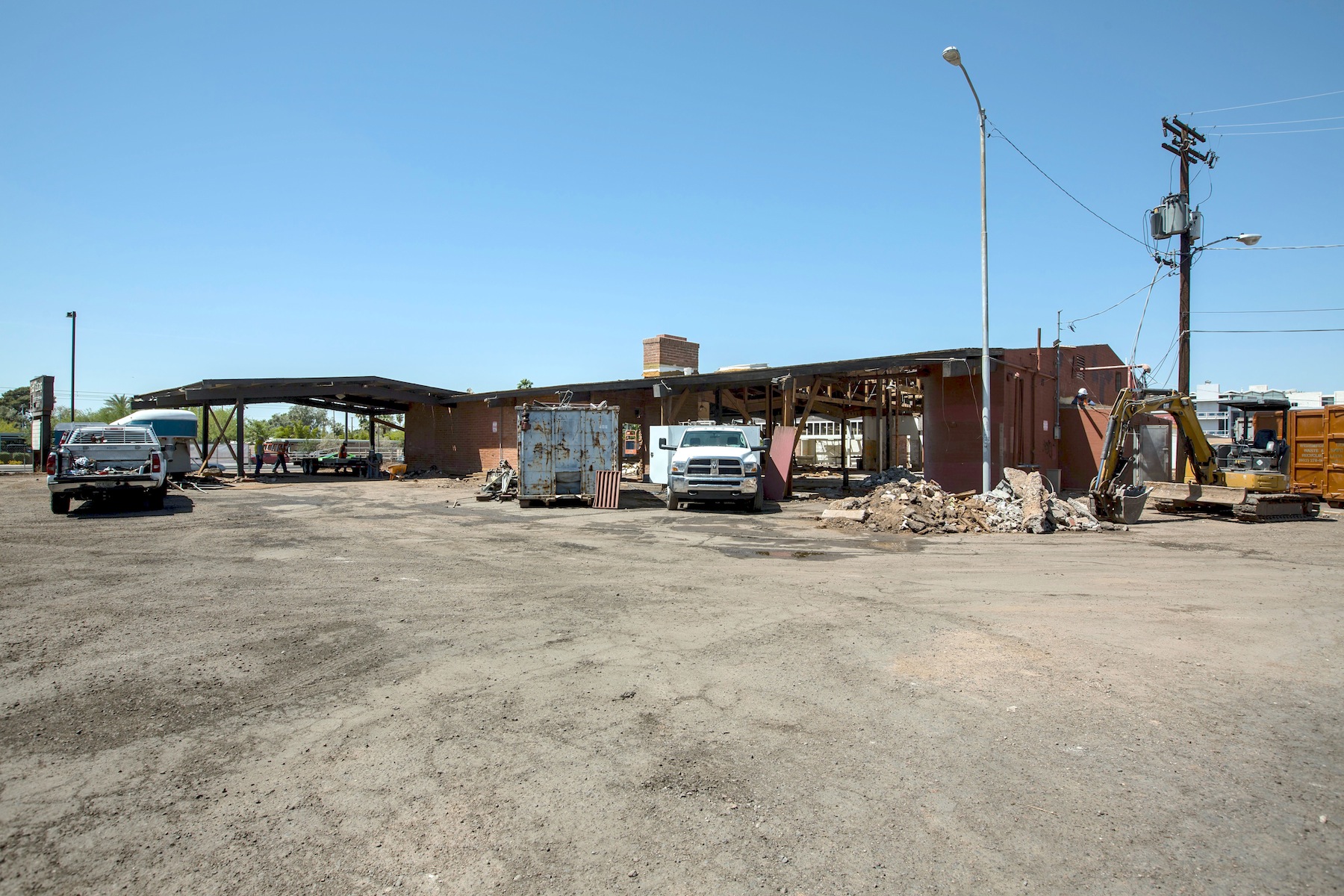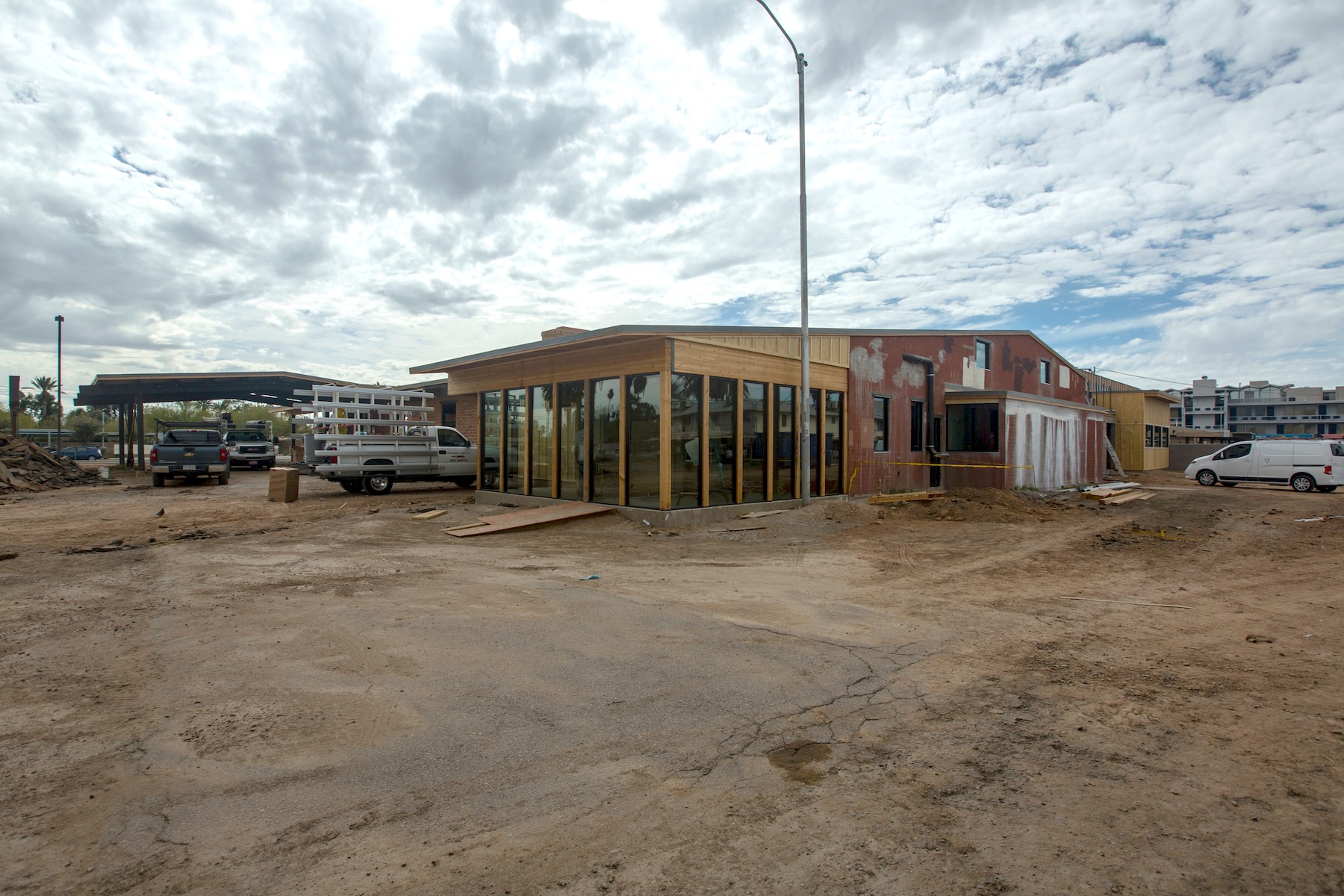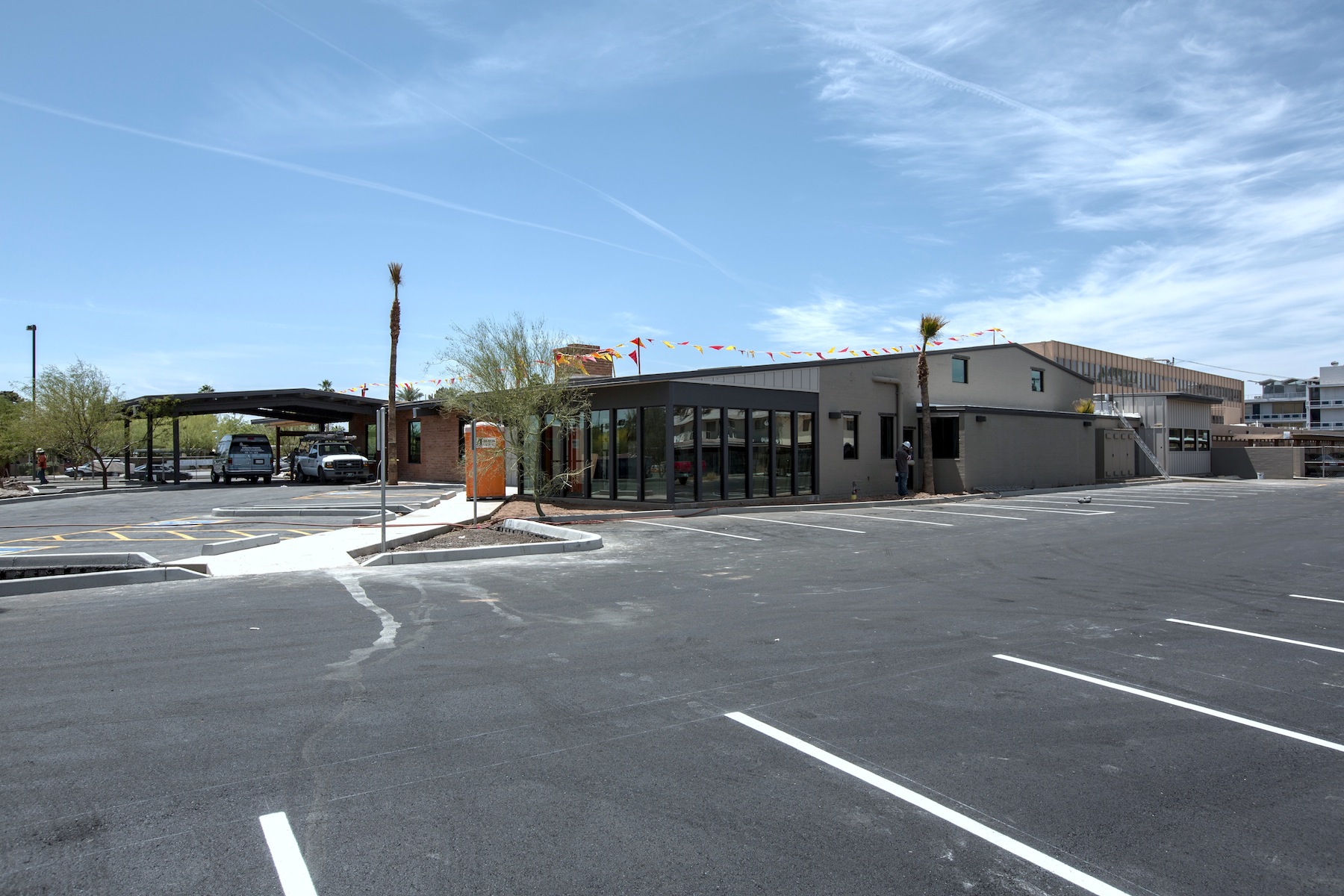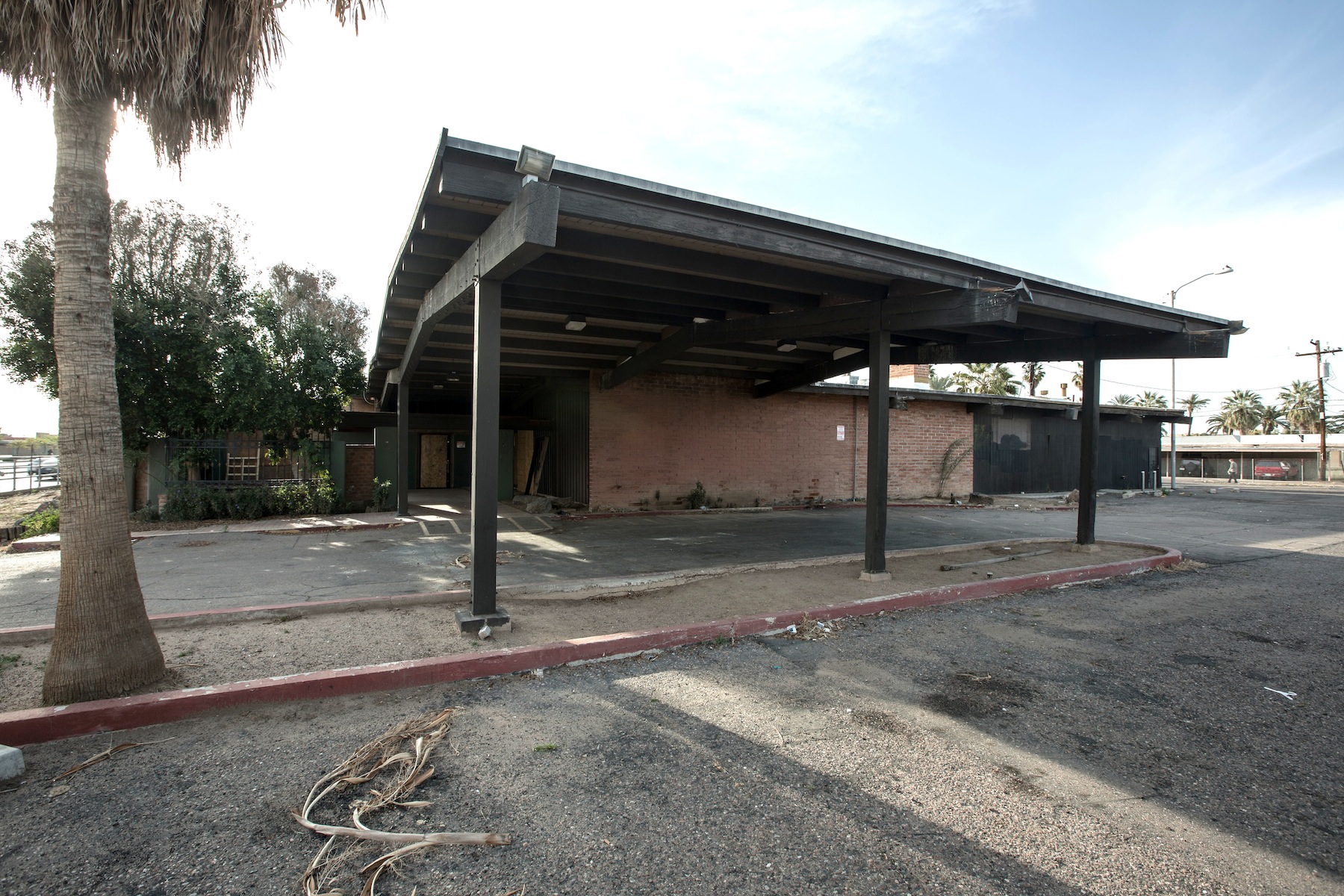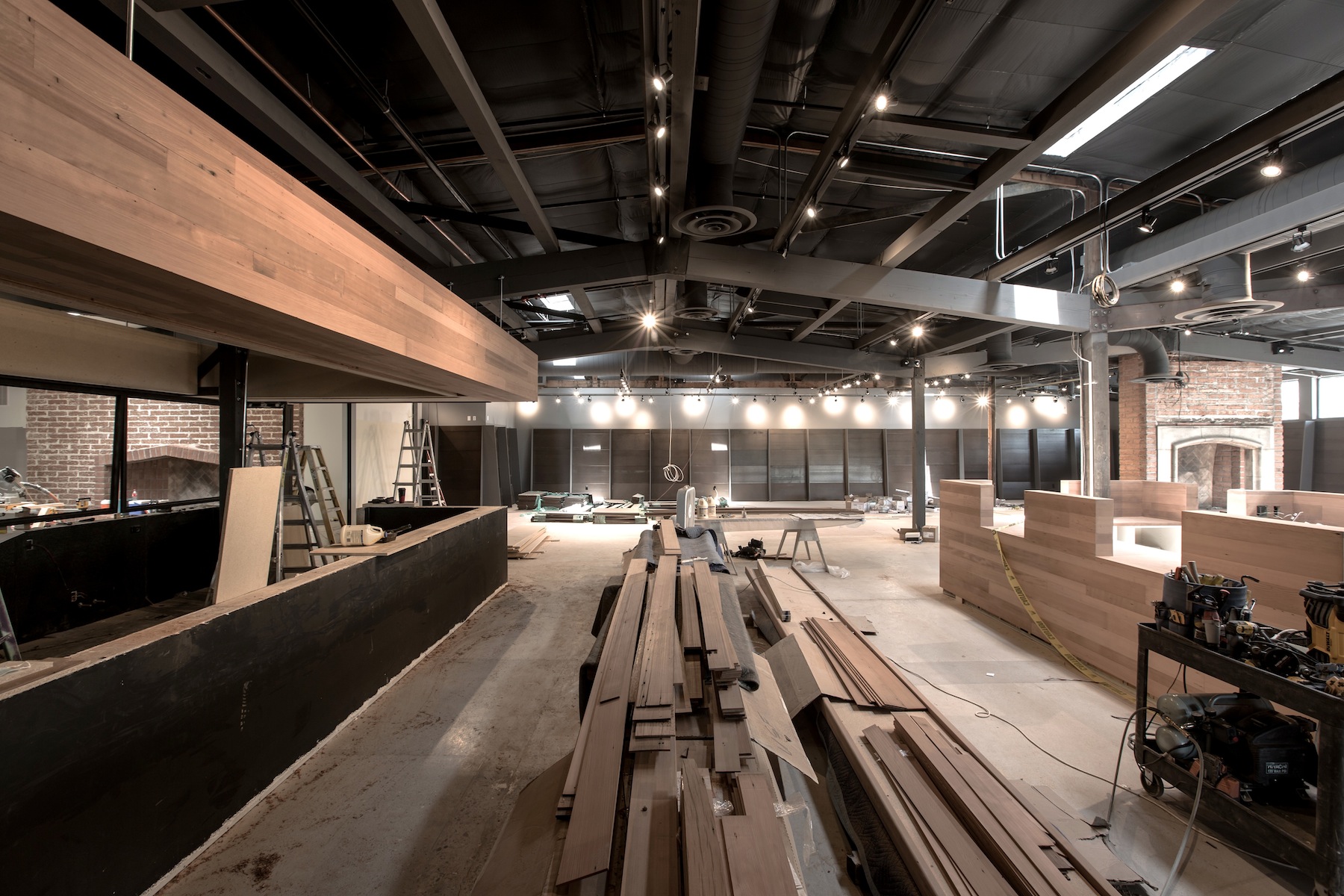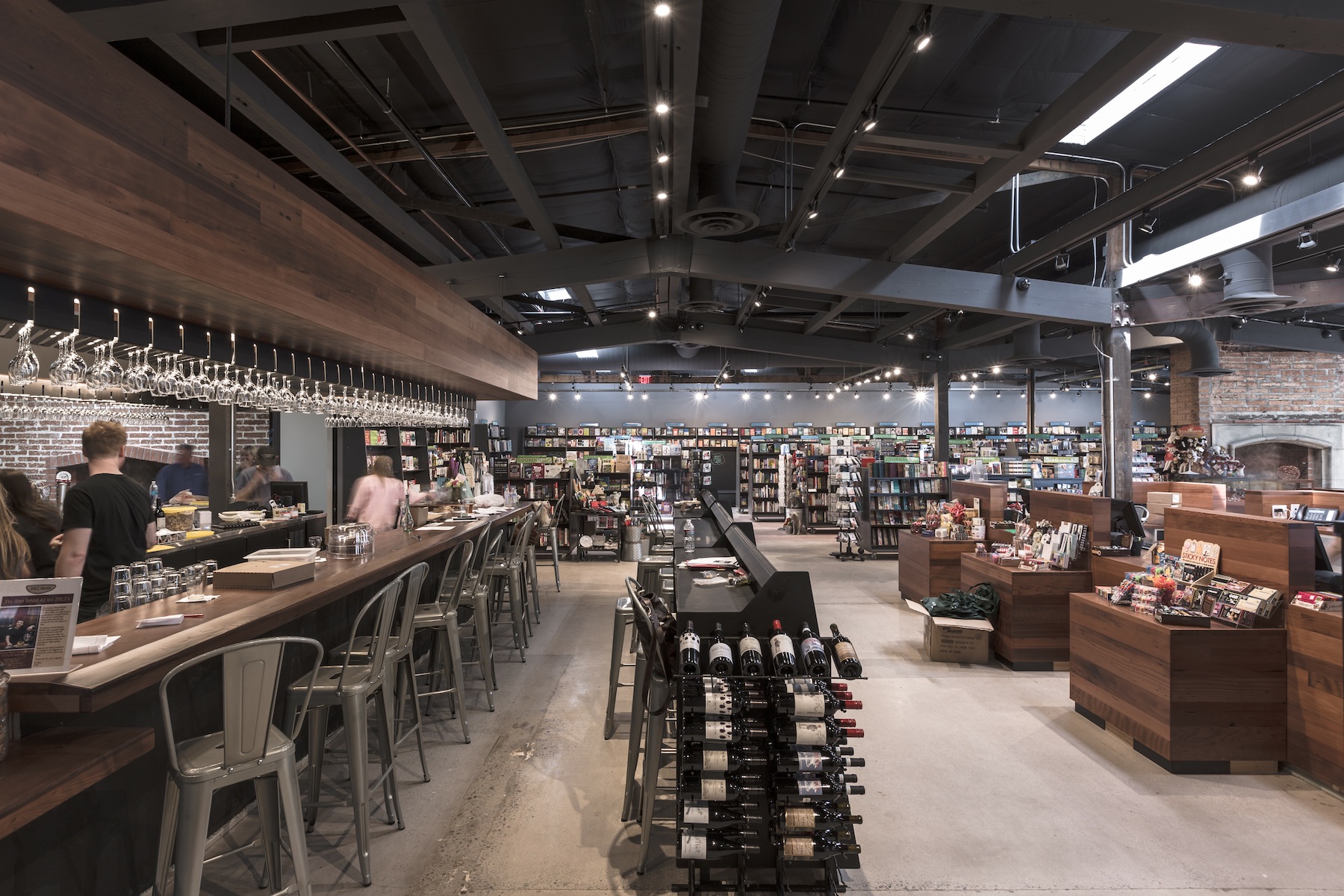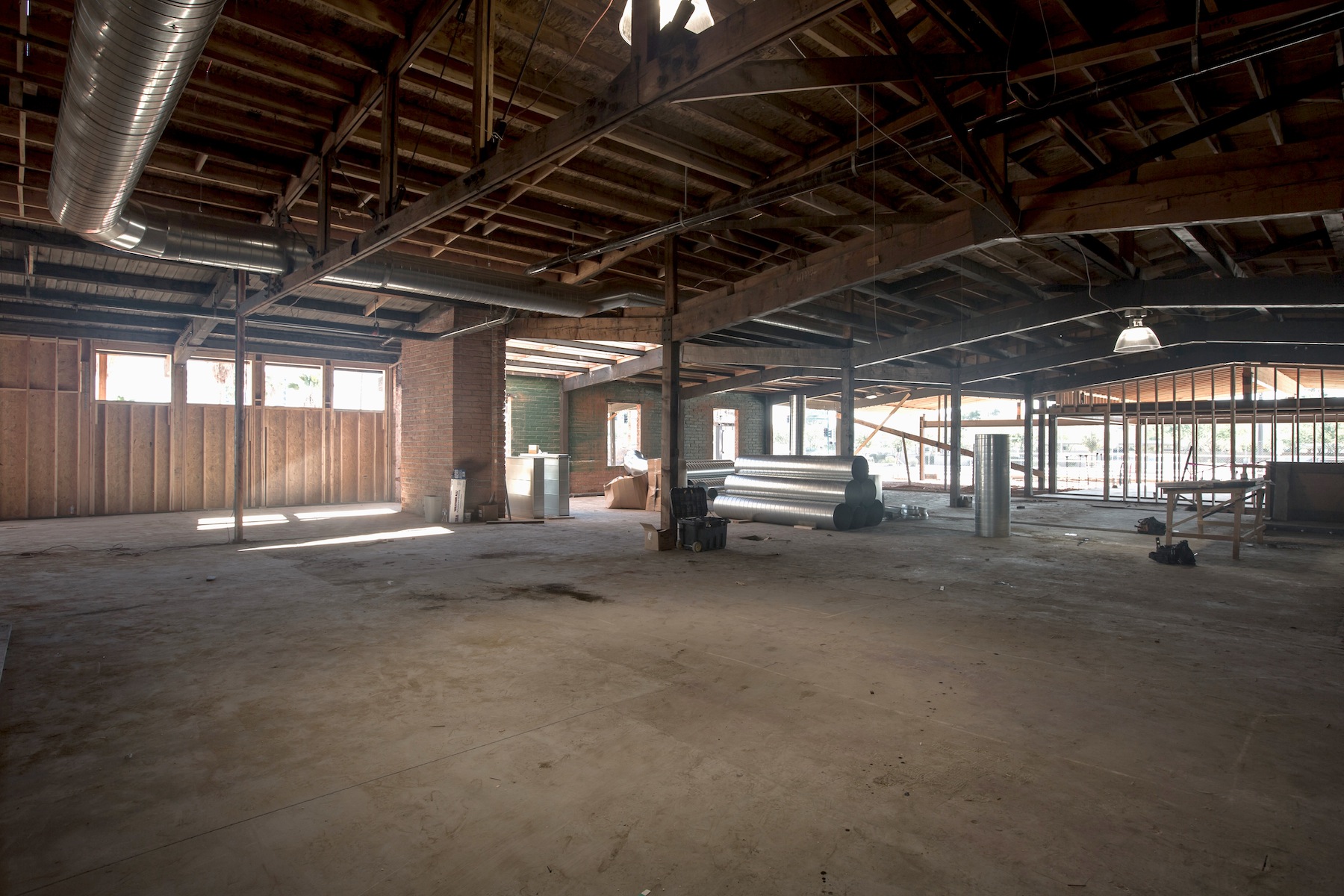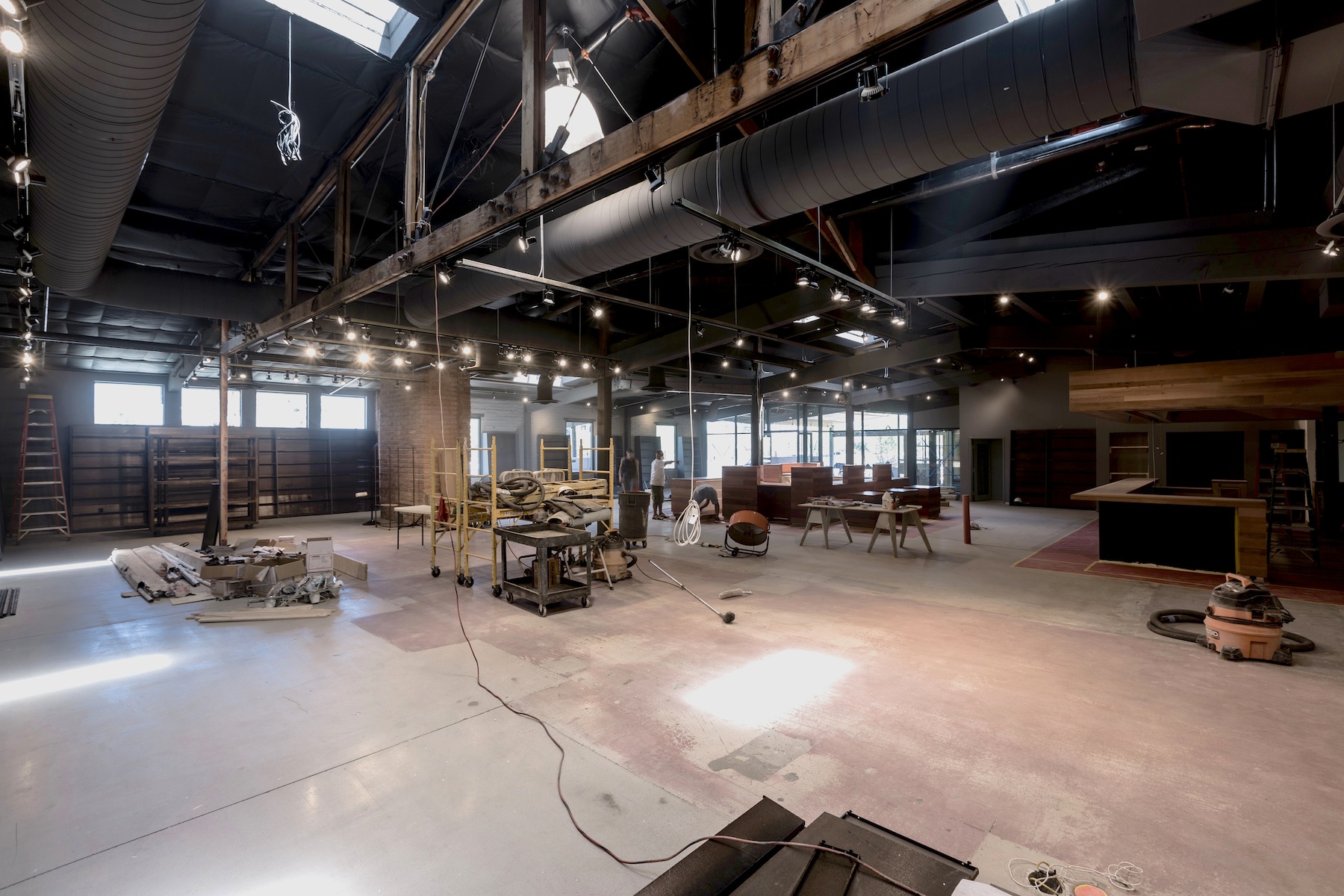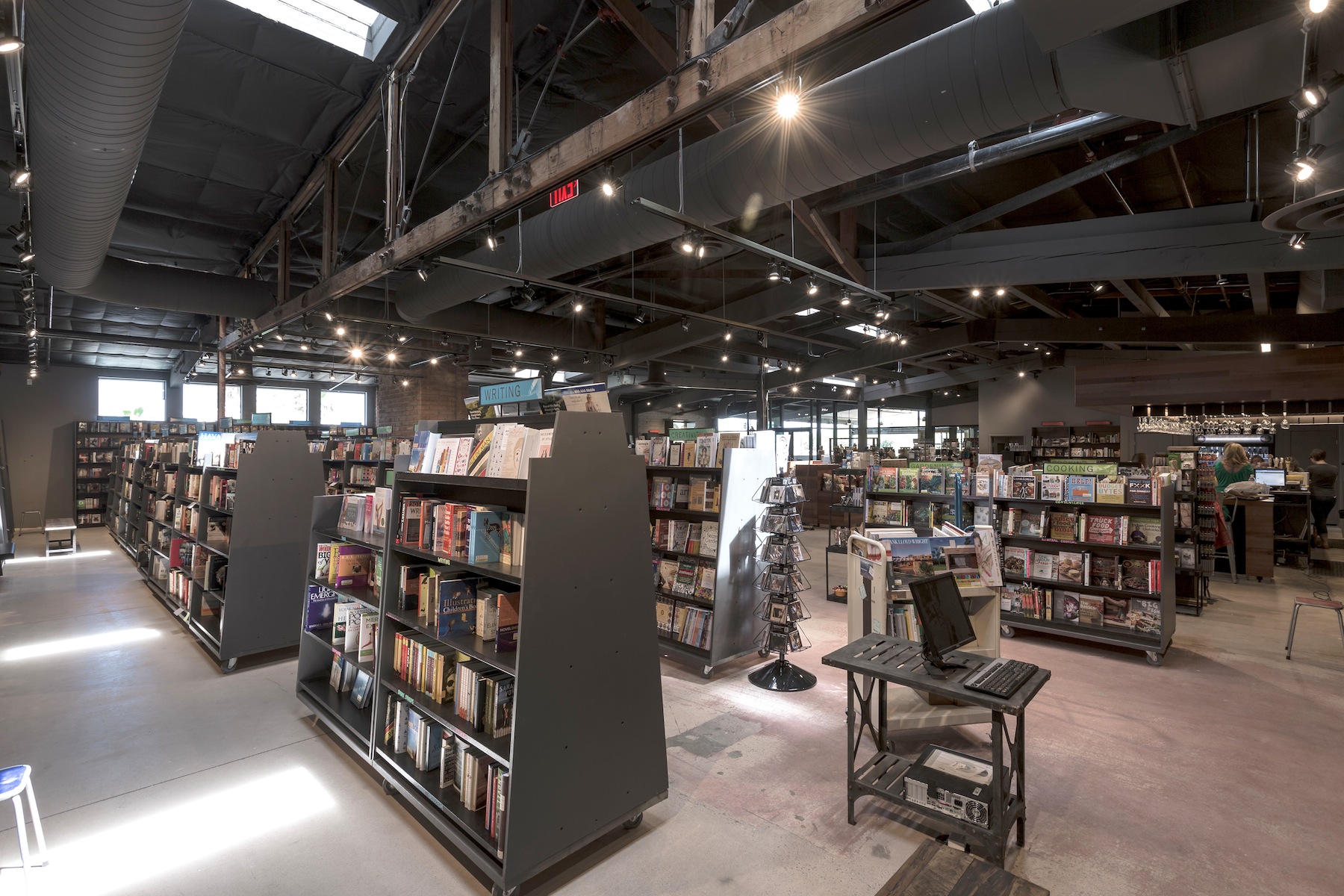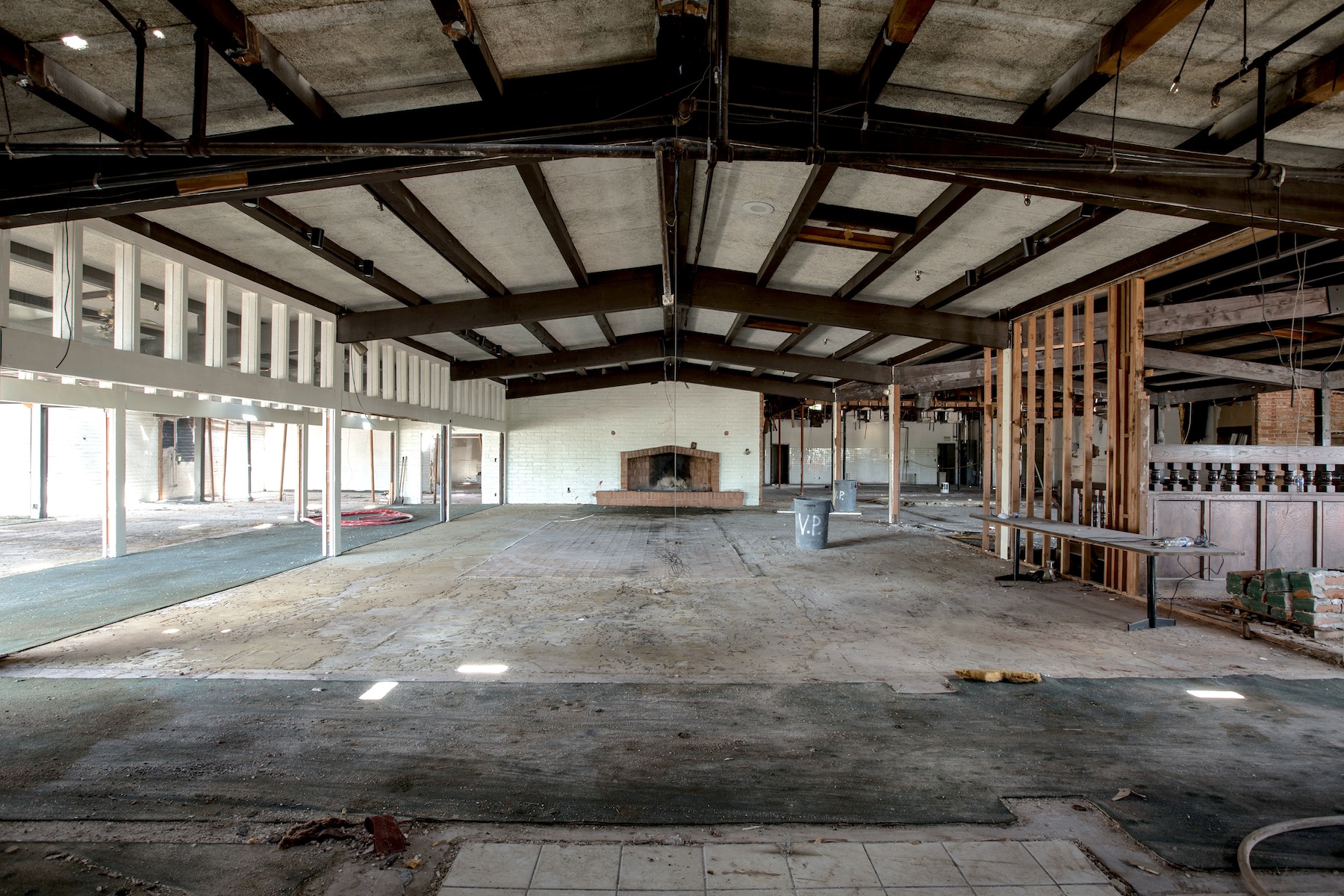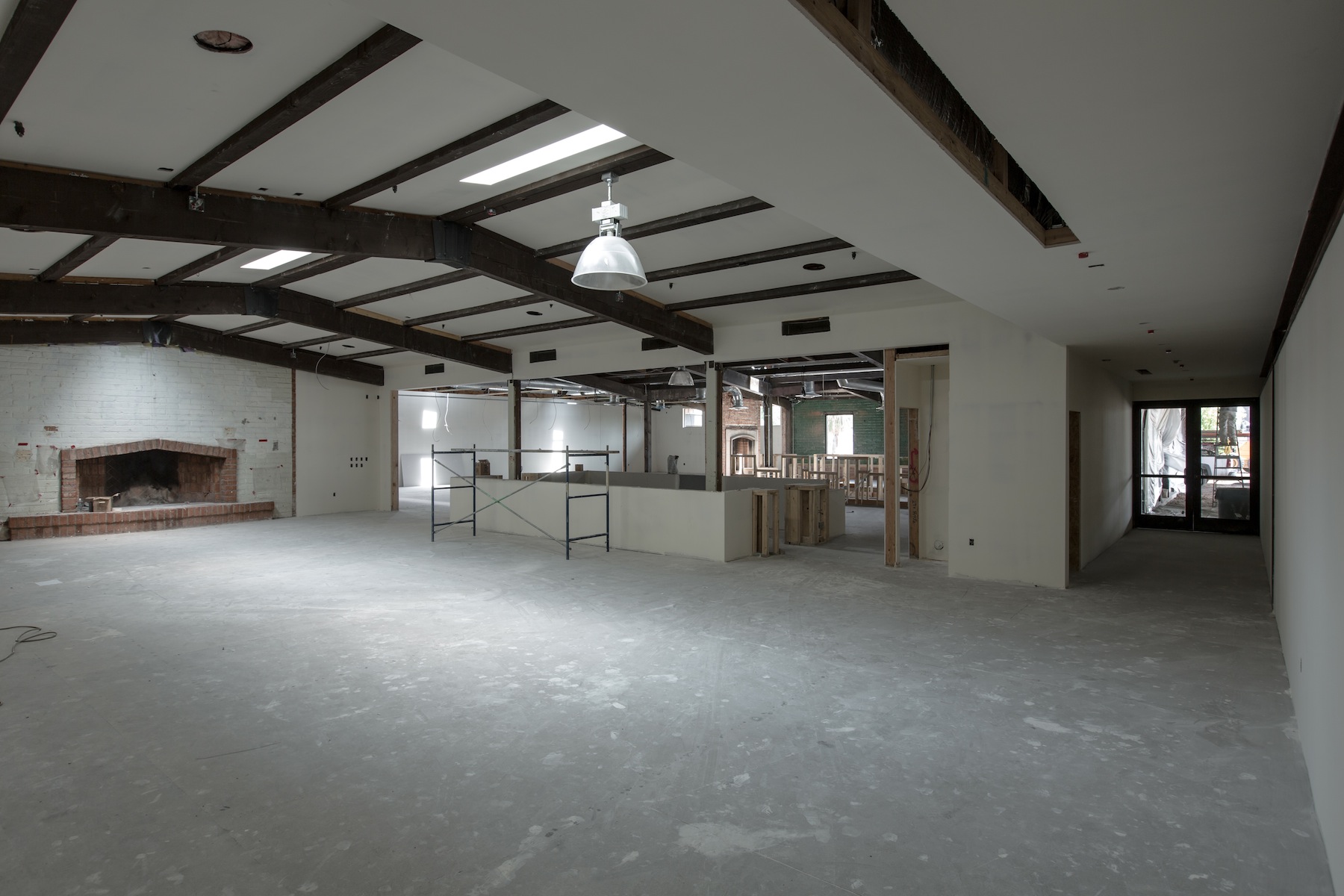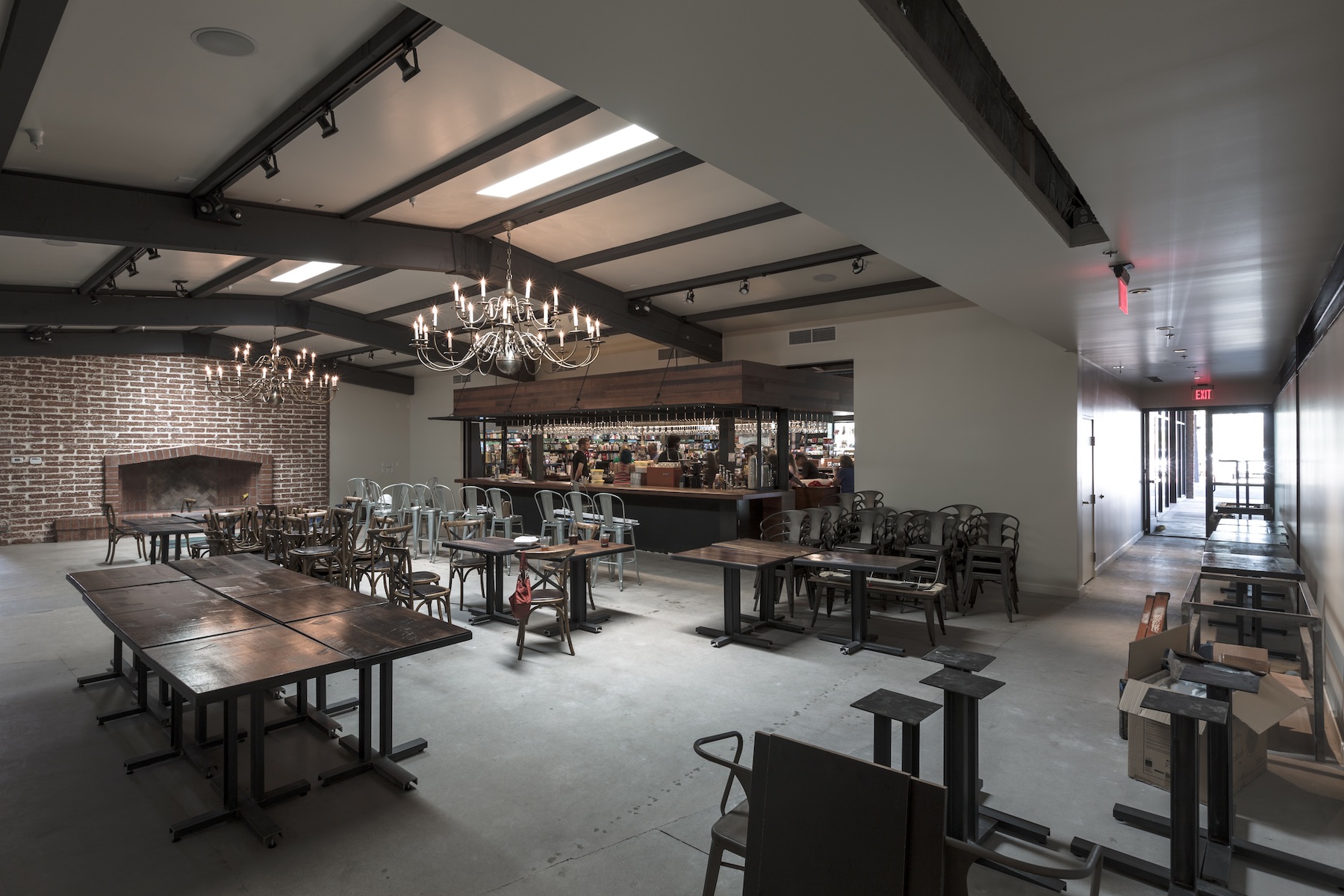Be part of the conversation: azarchitecture/Jarson & Jarson Architecture blog covers architecture and civic topics that comment on what’s happening in the Valley’s diverse design community. Here’s what’s happening now:
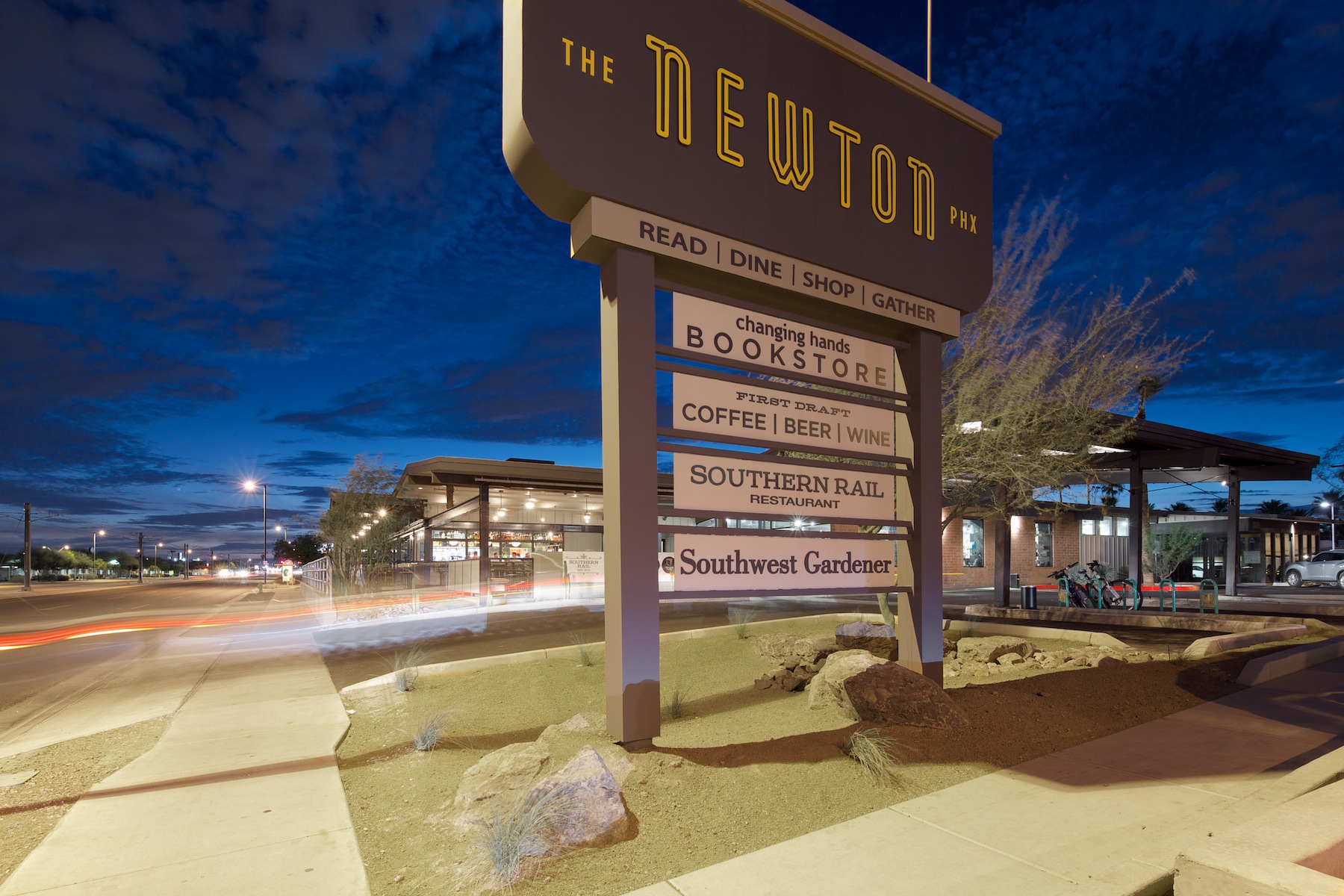
Becoming The Newton: The Lessons of Beefeater’s Adaptive Reuse
In the upcoming issue of Defining Desert Living, writer Taylor Costello presents a case study of the latest example of adaptive-reuse in Phoenix: Jay Newton's former Beefeaters restaurant. Main photo by Andrew Pielage and others courtesy of Lorenzo Perez.
The full version of this article can be read at Defining Desert Living
Like the proverbial bird of which Phoenix is named after, the restaurant that started as the Newton was reborn as the Newton.
Once a social spot for decades of customers, the English-inspired restaurant sat vacant and decayed into a hub for vagrants for almost a decade. It seemed destined to join hundreds of the valley’s vanishing architectural history.
Whenever Venue Projects co-partner Lorenzo Perez visited it, he described the building as “frozen in time.” When the restaurant opened as the Newton in 1961, later the Beefeaters, the restaurant’s atmosphere was a quintessential lounge vibe, dark with little natural sunlight. Now, it was also dark and decaying.
“It was a creepy place that made your hair stand up,” Perez said. “We’re walking in the back one day, all huddled together and [Southern Rail chef] Justin Beckett turned around, flashlight on his face, and said, ‘Does this remind you of The Blair Witch Project?’”
After original owner Jay Newton’s death in 2006, no one knew what do with his behemoth 18,000 sq. ft. space. A plan brewed to adaptively reuse the building by Venue Projects and partners using the existing structure, but the two million dollar price tag stood in their way.
The homeless ultimately helped them in their eventual purchase. The building sat vacant longer and furthered the decay, which knocked the listing price down by more than half. Then the process of stripping down walls, establishing new ones and creating new window frames, as well as mending the structure began in earnest.
However, the new spaces don’t end with walls; they all infer the massive space of the property. That’s one of the first things you notice when you look into Changing Hands bookstore and windows in the nearby Newton conference space, it implies the shear depth of the interior.
“Instead of being a one-liner where you show up to eat and shop, we thought, ‘How fun would it be if we’re entertaining, educating, getting people together for a communal experience?’” Perez said.
Not much exists from the old interior — the iconic dark stained wood walls are all gone. However, by the same edict, the new structure points to nothing but reminders of the former buildings identity. For instance, Perez’s co-partner John Kitchell planed old redwood for new surfaces, from the First Draft Book Bar to the doors.
Elsewhere, the ornate chandeliers were rehung and different shades of concrete flooring marked where old rooms started and ended.
And before the Newton opened in May, construction workers removed the husk of the Beefeater’s signage, but not thrown it away. To mark what once was, the project’s partners laid the sign upon the entrance of the bookstore and traced the outline onto the concrete.
“You could go broke trying to make these buildings perfect,” Perez said. “You gotta do the best you can and celebrate it.”
The full version of this article can be read at Defining Desert Living

